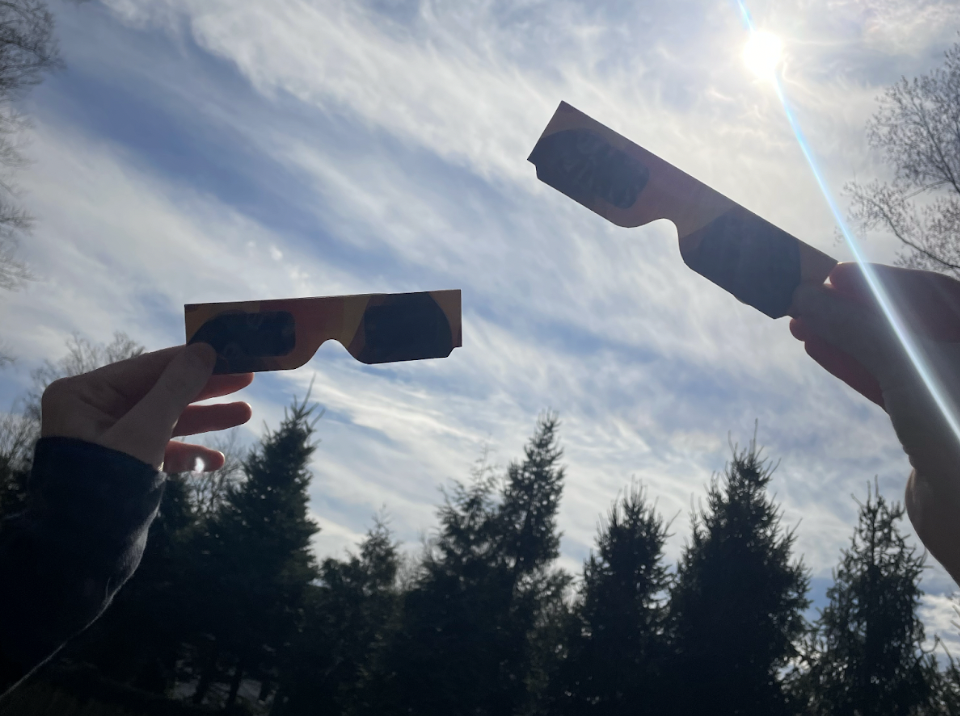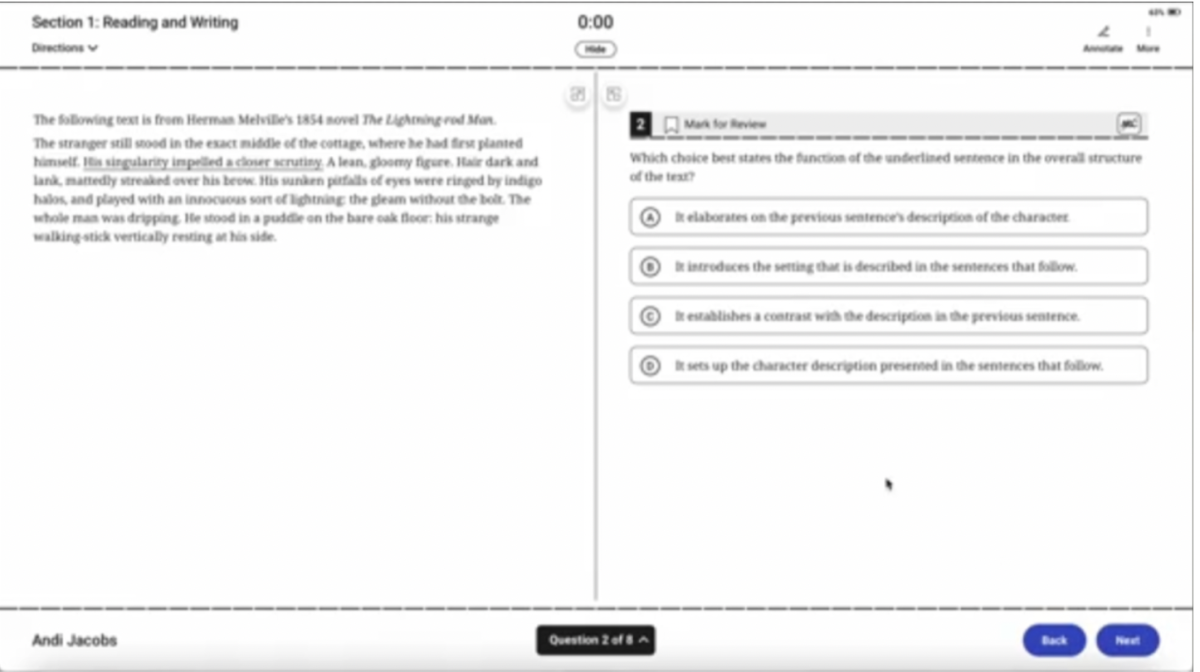by Grace Shay ’10
On any given weekend, Westport teens all seem to have a common complaint: “there’s absolutely nothing to do here!”
However, students often don’t remember the natural treasures that lie under the sea in the Long Island Sound- treasures of striped bass, bluefish, and blackfish that any teen can easily catch with a little patience, practice, and a fly-fishing rod.
“[Fly-fishing] is really relaxing, and it gives a new perspective on what lives under the sea surface,” said Scott Hartmann ’09, who has been an avid fly-fisher for about six months. “I usually go out with friends, so that is always fun. The ocean is a great place to be because you can always find something to do or throw someone overboard.”
The lure is usually a hook attached to some bright feathers, mylar, yarn or wool, that attract bigger fish, said English teacher and Fly-Fishing club advisor Stephen Rexford. “[Fly-fishing is] a special, very old way of fishing. It takes feathers, some bits of yarn, and you imitate what the fish eat. You’re trying to trick a fish with feathers,” he said. Fly-fishers can cast their rods from the shore or from a boat, although “most people fish from the shore,” said Rexford.
Rexford, who grew up in Westport and has fly-fished since he was a teenager, said that Westport, Fairfield, and the Norwalk Islands are excellent places to catch fish.
“People spend a lot of money to come to Westport to fish in our water and it’s amazing to me that Staples kids don’t fish more,” said Rexford. “It’d be like living in New York City and never going to Broadway.”
Hartmann, said Rexford, “is one the few. [He] gets it. [He] understands the special resources we have in this town.”
Indeed, Hartmann fishes “about four to six days a week in the summer, and one to two days in the fall and spring. I will occasionally go in the winter if I hear a certain spot is good,” he said, although good fishing spots change all the time. “Over the summer I found one spot that was loaded with fish, and a week later there was nothing. There are many factors that go along with finding the fish, and the people that can read these factors the best are the people that catch the most fish.”
Although fly-fishing is “exciting and fun,” according to Hartmann, there are some challenges as well that come with this art as well.
“The hardest part about fly-fishing is learning how to cast and aim the fly to go where and how far you want it,” said Hartmann. “It takes a long time to be able to get it to go exactly where you want it.”
“You need a lot of skill and patience,” Rexford said.
But if you like being out on the water or learning about different types of fish, fly-fishing is for you.
“The main person that should be interested in fly-fishing…is someone who fishes already, but would like something a little more challenging than just throwing a lure in the water and reeling it back in,” said Hartmann. “It is definitely more exciting because I have a lot more fun fly-fishing than I [had] using a regular rod and reel six months ago.”
Hartmann, who usually targets Striped Bass, bluefish, and Bonito (a type of mackerel), is already waiting for spring to come, when he can begin fly-fishing again.
“The next fish I look to target next spring and fall is a Blackfish (Tautog) because there has never been one caught on a fly rod before,” he said.
Things You’ll Need to Fly-Fish
- A rod
- To fish in the Sound, you need a 9-foot, 9-weight rod to cast
- Weighters
- These are “funny looking pants that keep water out,” said Rexford.
- Lure
- Popular kinds are the “louser” and the “deceiver.” When wet, these hooks of feathers, mylar, yarn or wool look like little fish that bigger fish eat.
Fly-fishing, an ancient and elegant angling method, requires “you [to] use a heavy line with smaller lighter lures so you use the weight of the line to cast,” said Hartmann. “If anyone has ever casted a rod before, there is a thin line that is tied to a lure. When you cast, you use the weight of the lure to cast and aim where you want it to go.”













































